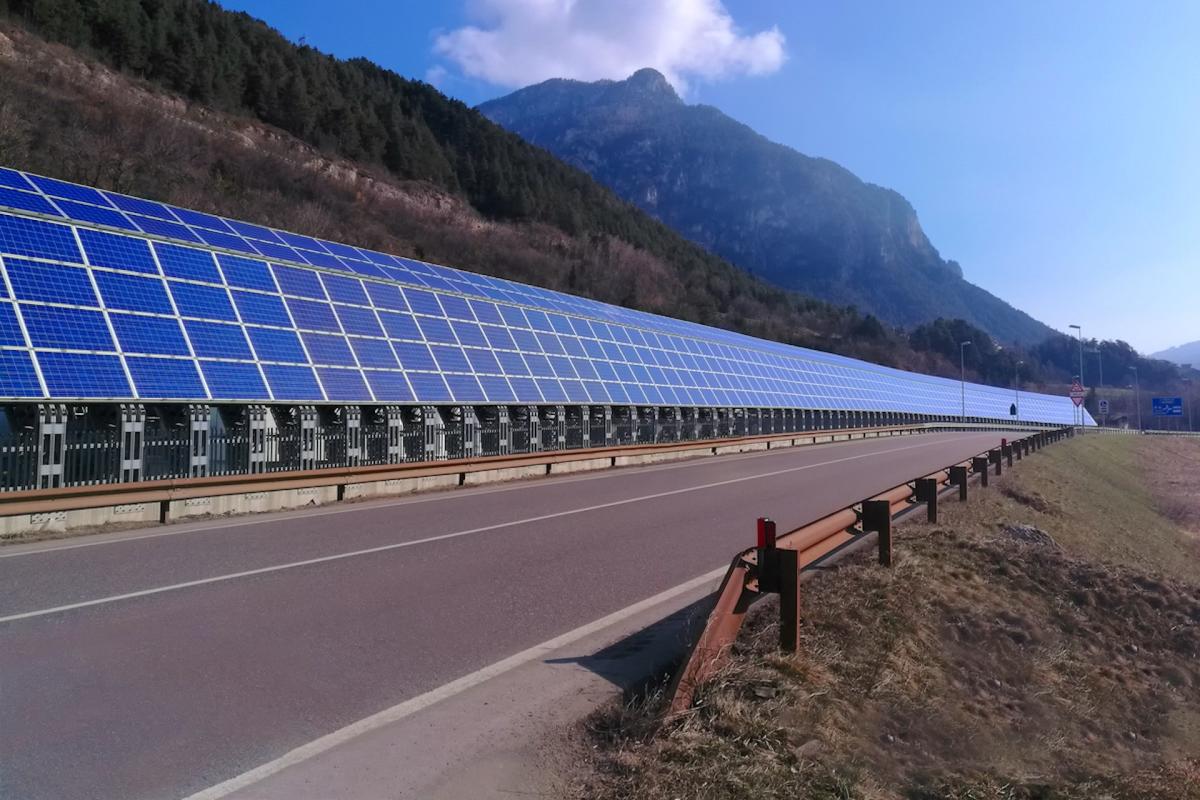
A Chinese scientist recently came up with an interesting idea that could reduce carbon pollution worldwide by 28%, but it’s a bit of a long shot — at least for now.
Ling Yao, a remote sensing scientist at the Chinese Academy of Sciences and the study’s lead author, shared the concept in an American Geophysical Union writeup in Tech Xplore. He said that covering all the highways worldwide with solar panel roofs would generate enough electricity per year to make up more than 60% of the world’s 2023 energy consumption.
“This really surprised me,” Yao said. “I didn’t realize that highways alone could support the deployment of such large photovoltaic installations, generating more than half the world’s electricity demand, and greatly easing the pressure to reduce global carbon emissions.”
It’s an ambitious idea, but ambitious ideas are what spur the change needed to curb carbon pollution. Carbon pollution is one of the main drivers behind the overheating of our planet, which contributes to extreme weather events, such as droughts and flooding, and threatens the global food supply.
Yao said the idea came to him during his evening commute. It occurred to him that roads are just an interconnected network allowing vehicles to get from one place to another, so why not turn that into a network of solar panels.
Such a project would be quite the undertaking. According to Yao’s study, the Earth is covered by roughly 1.9 million miles of highway. To cover all of the world’s highways, along with major arterial roads, with solar roofs would take 52.3 billion solar panels.
Watch now: Uber-wealthy couple makes unprecedented move with $300 million land
While covering millions of miles of highway with solar panel roofs might seem a bit far-fetched, it is a logical next step.
Several states are considering putting the empty space next to highways to use by installing solar arrays. Not to mention the fact that it’s becoming more and more common for parking lots to be covered with solar array canopies, not only generating clean energy but also shading the cars below.
Besides the clean energy generation, covering highways and roadways with solar panel roofs would benefit the communities where they’re installed. Not only would the installation and maintenance create jobs and supply cheaper energy, but the solar roofs would also shield vehicles from weather conditions such as rain and snow, reducing factors that lead to traffic accidents.
A project like what Yao is proposing faces plenty of hurdles — one of the main hurdles being cost — but he hopes that pilot programs could pave the way for his idea to be put into practice on a larger scale.
“Actually putting this into practice is the best evidence to make someone believe that this idea is practical,” Yao said.
Join our free newsletter for weekly updates on the latest innovations improving our lives and shaping our future, and don’t miss this cool list of easy ways to help yourself while helping the planet.
